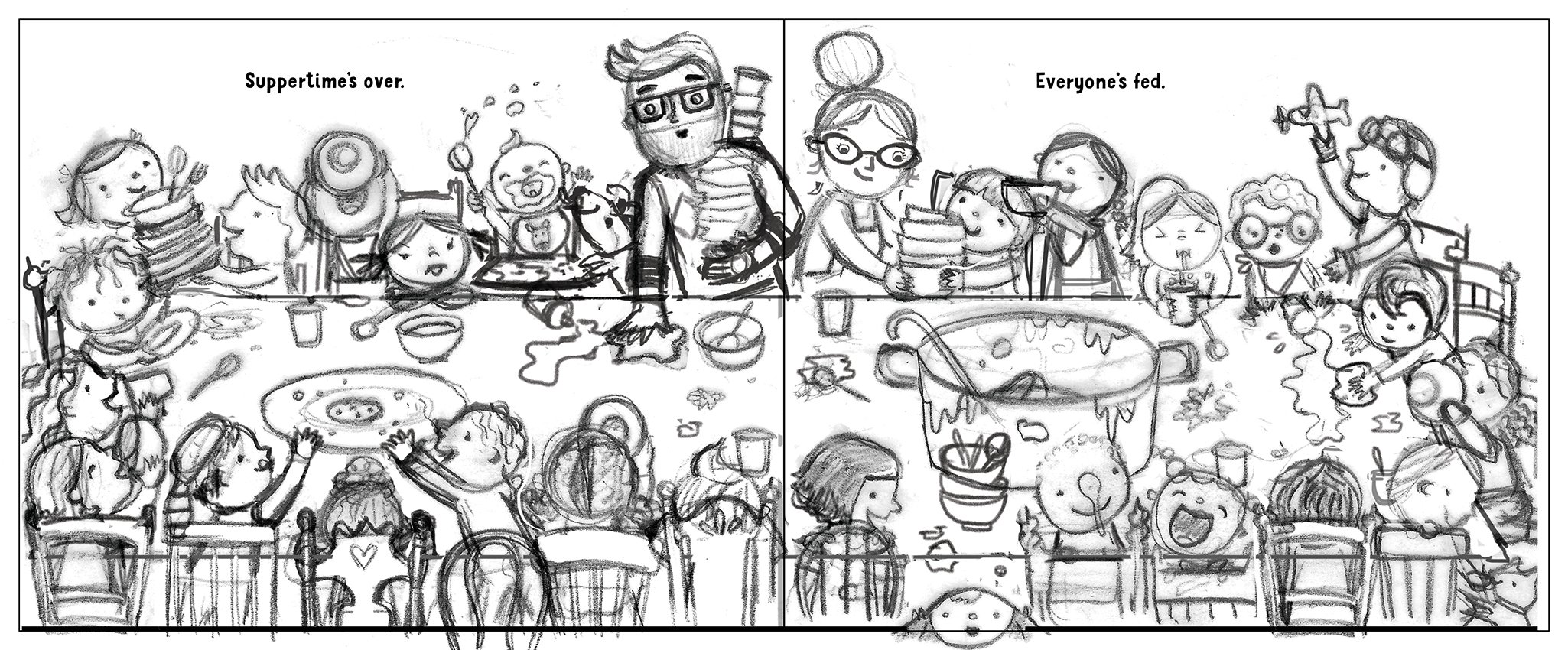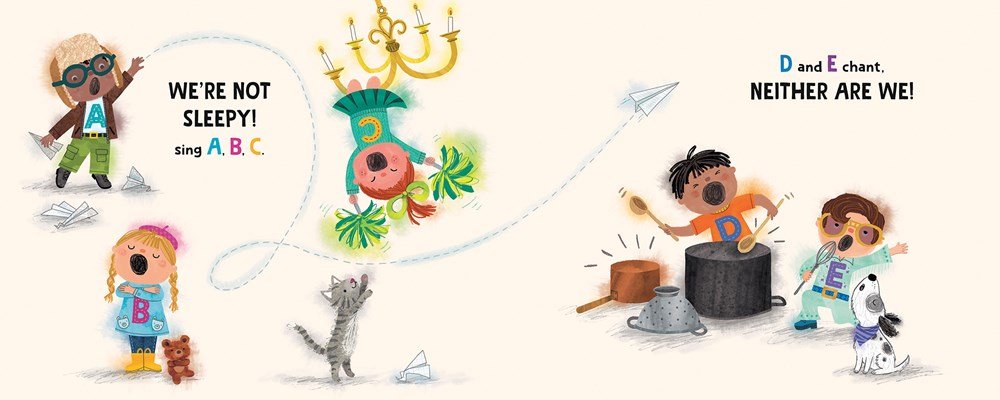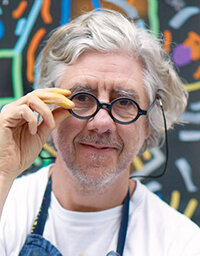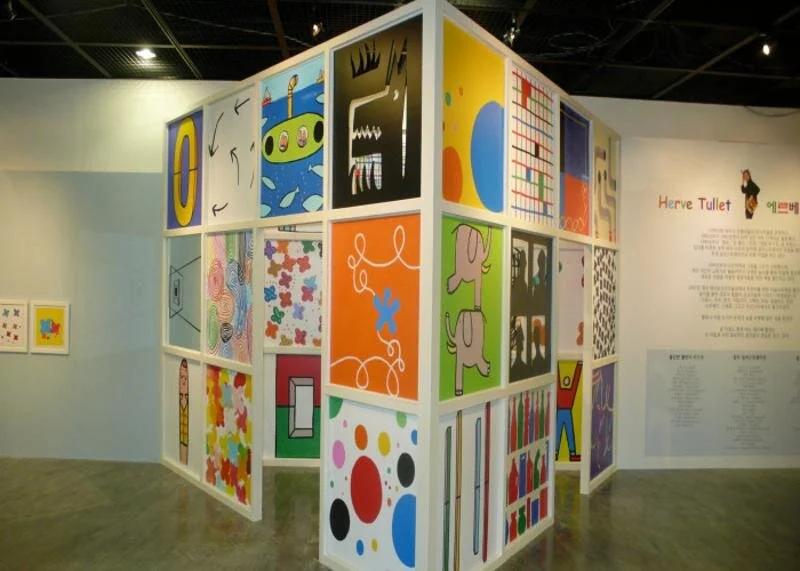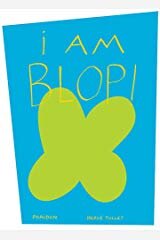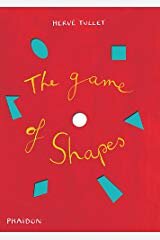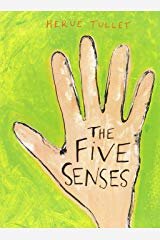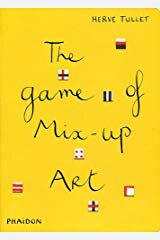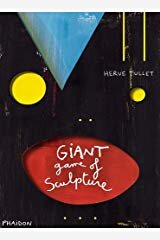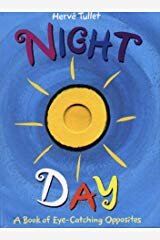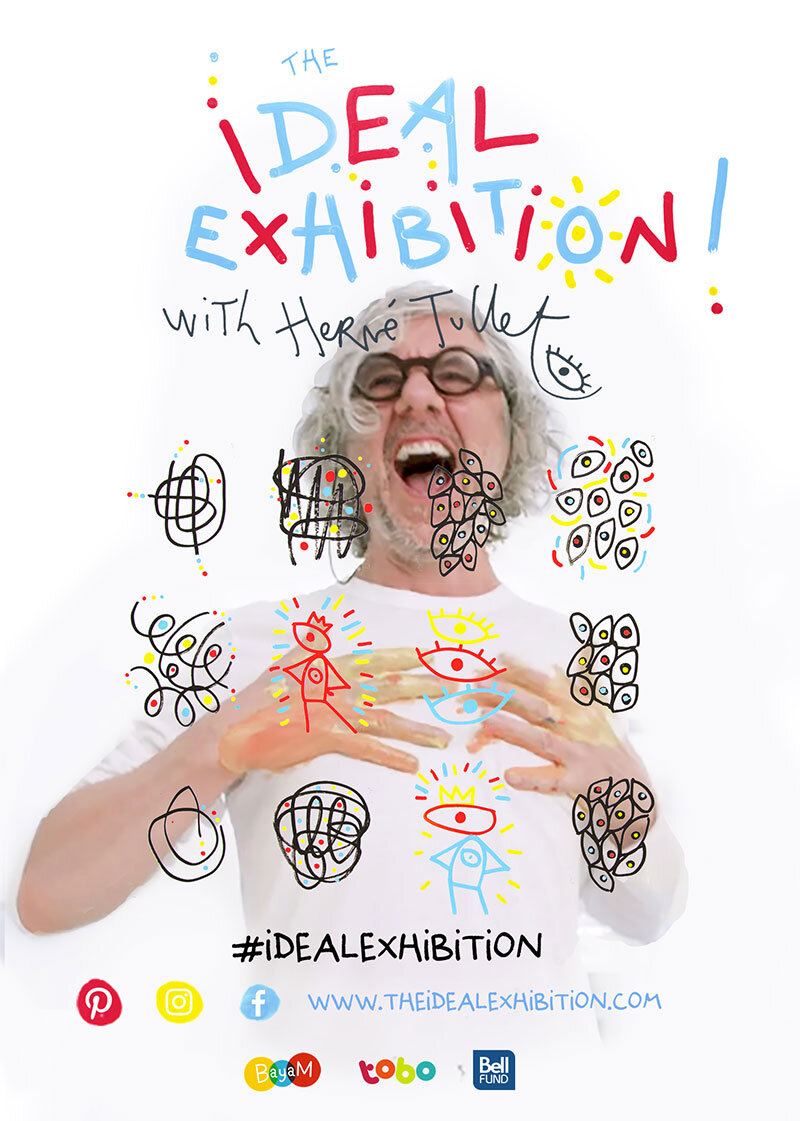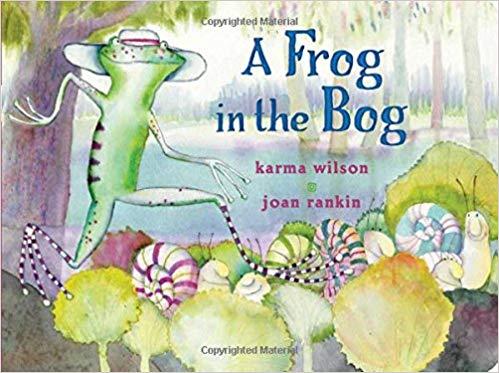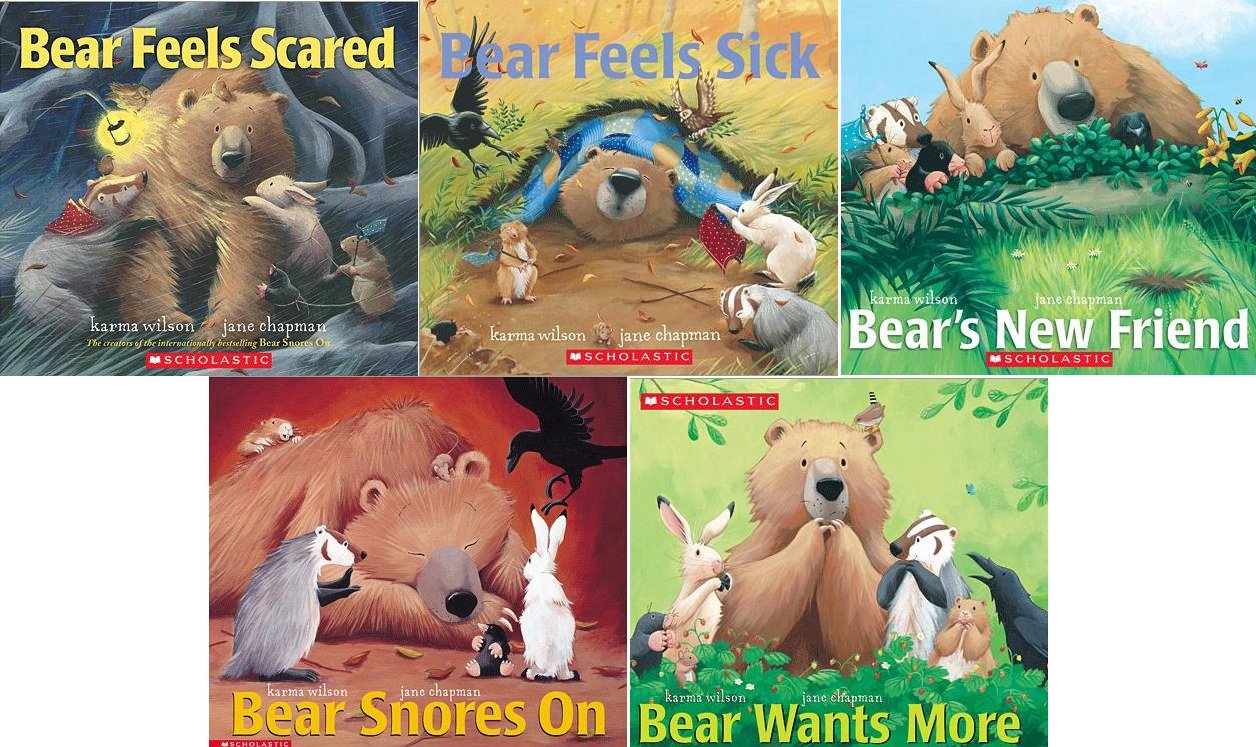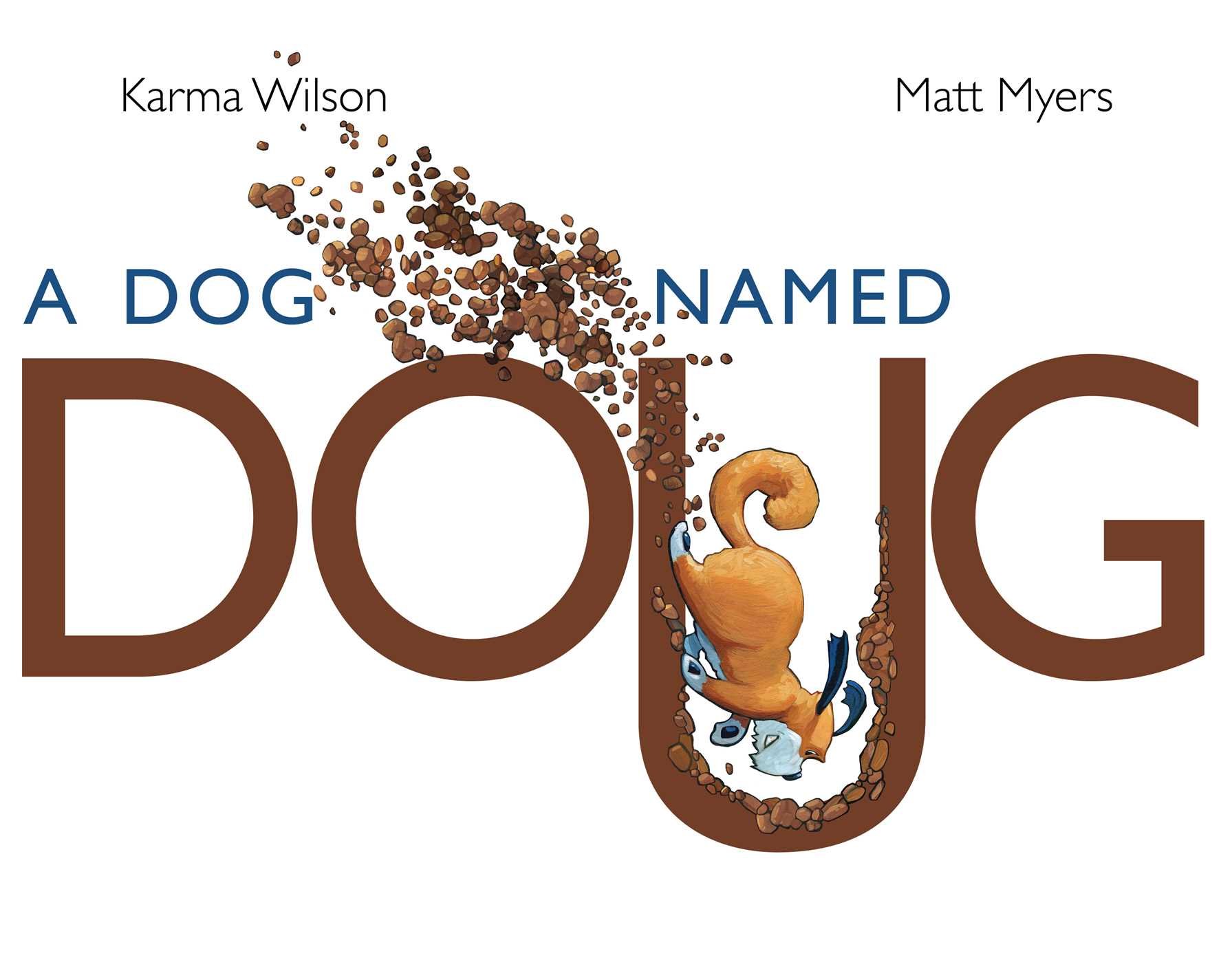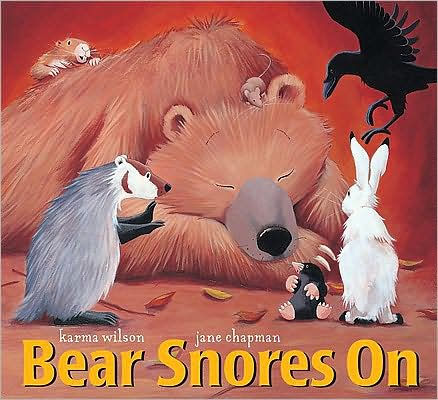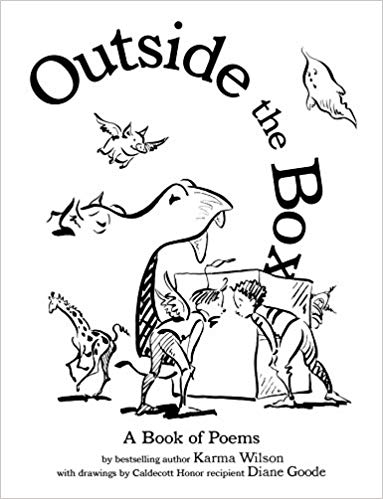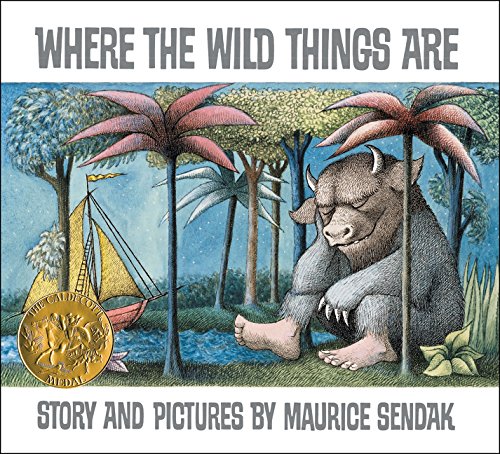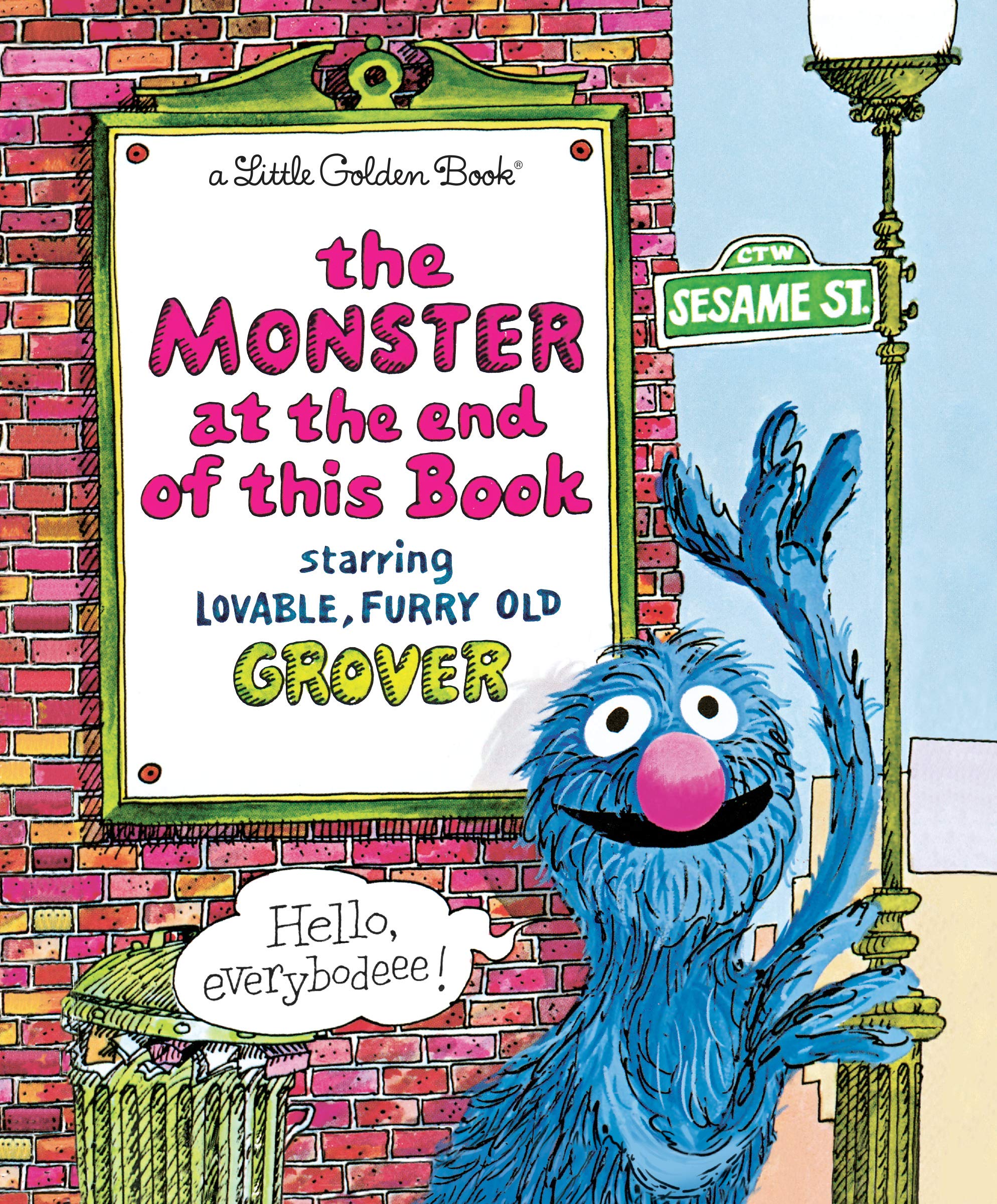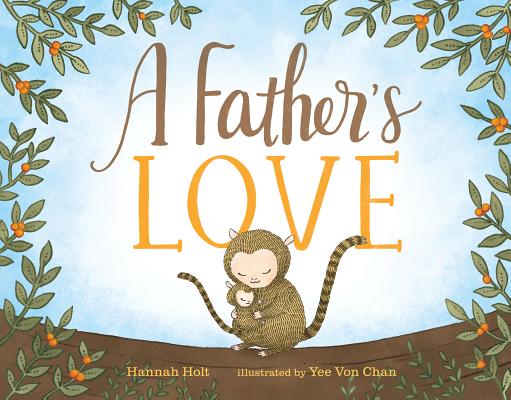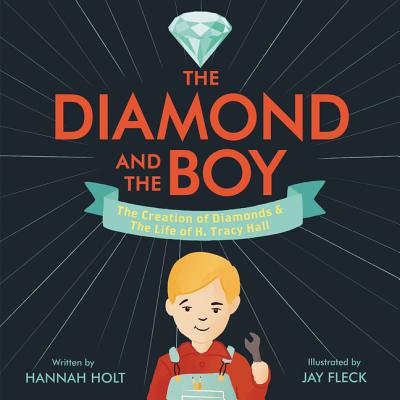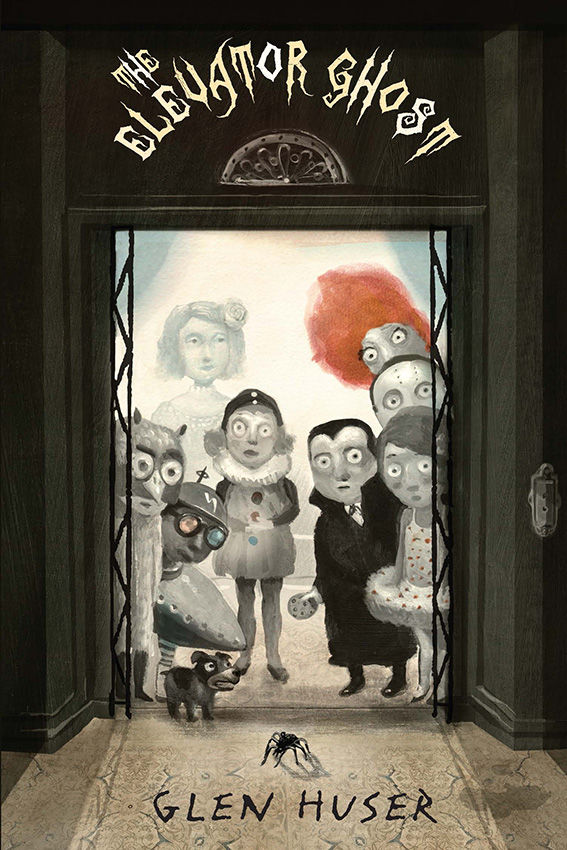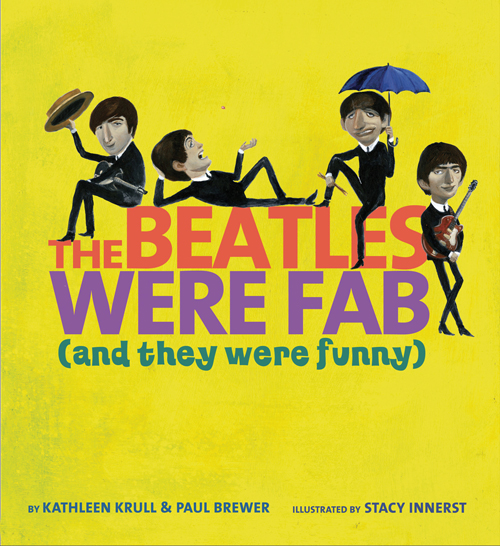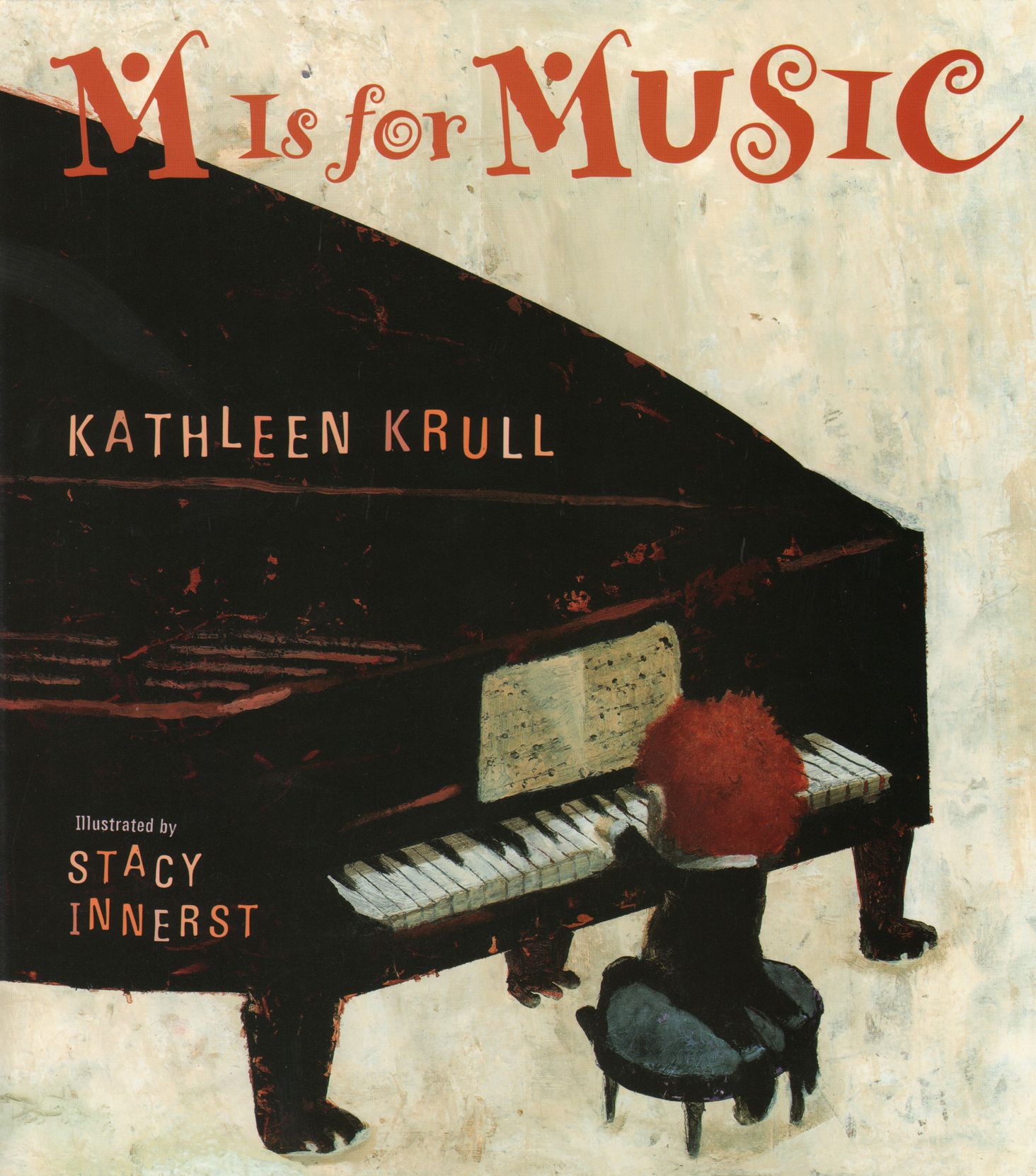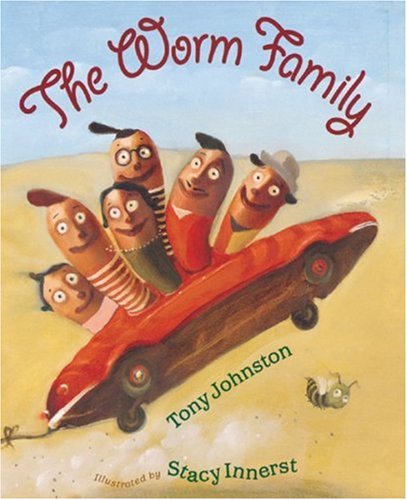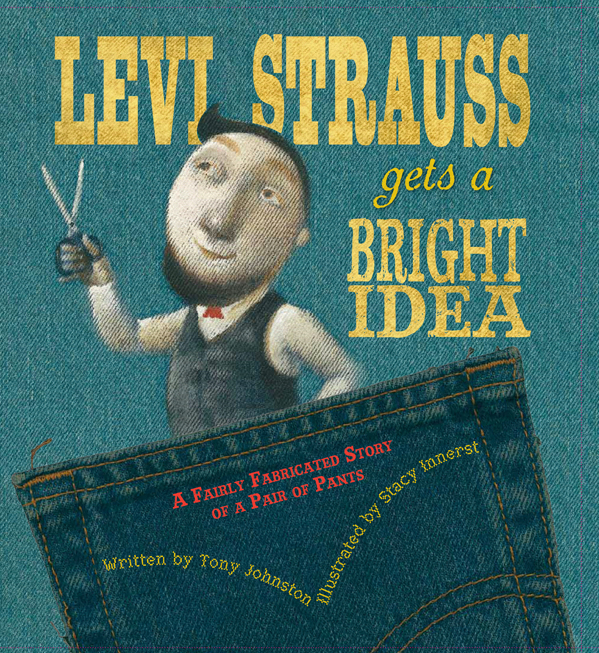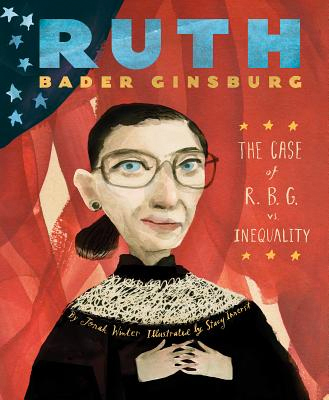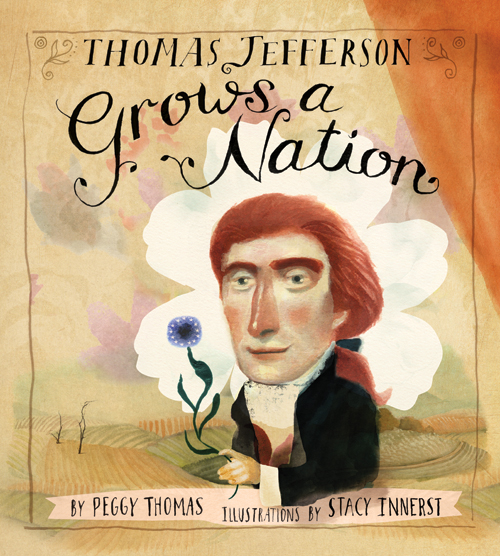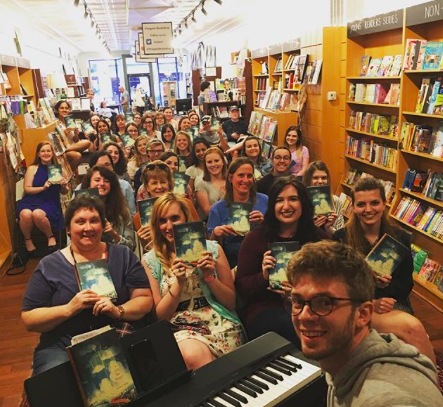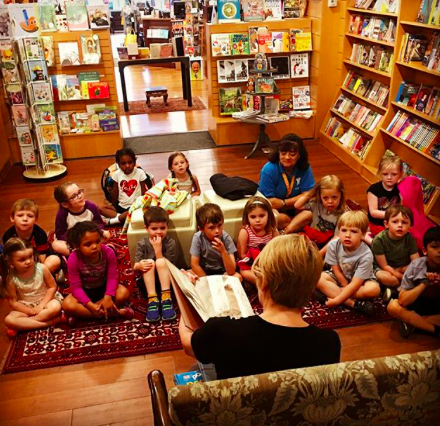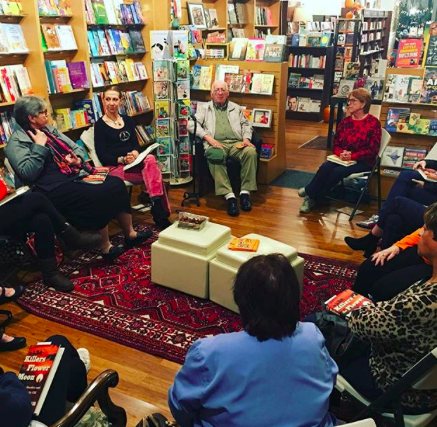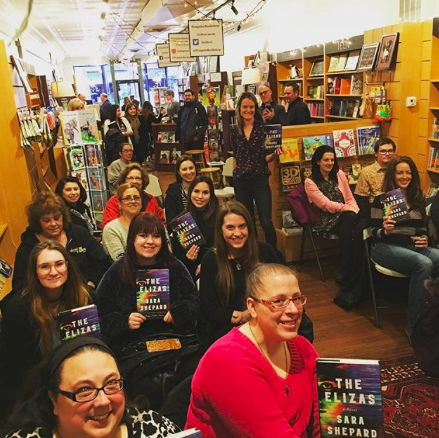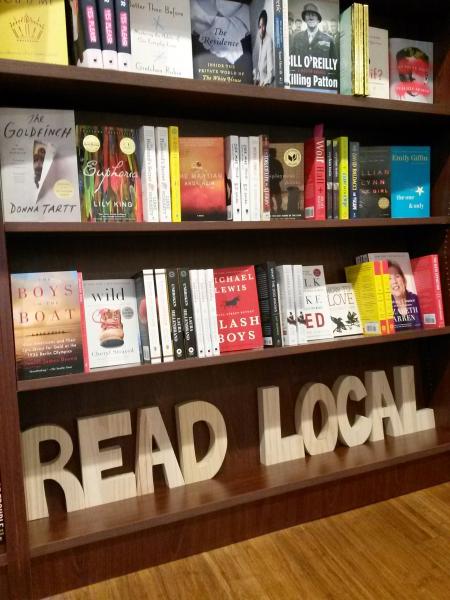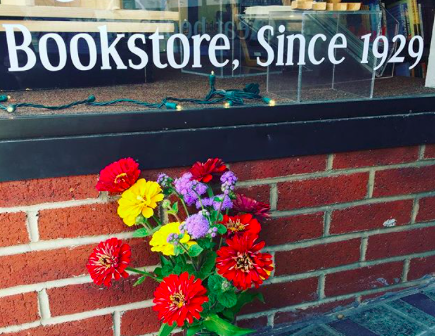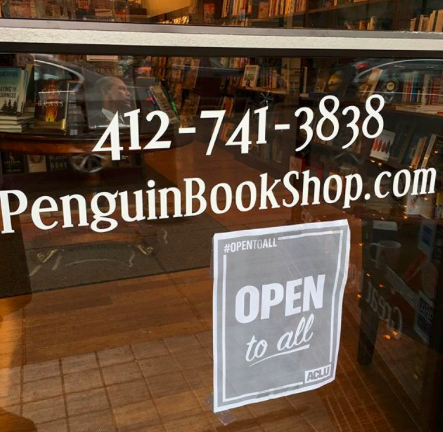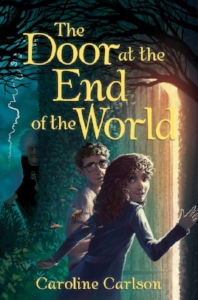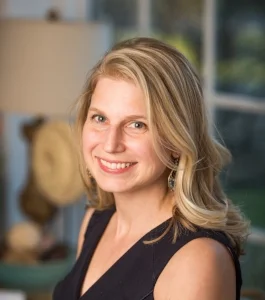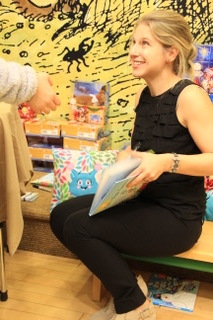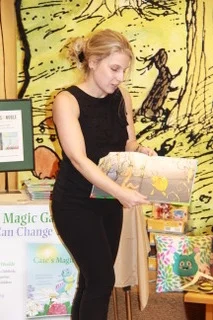We are so excited to have Susanna Hill and Betsy Snyder join us today to share about their book, ALPHABEDTIME! Plus, they are giving away an autographed copy of their book to one lucky winner!
Susanna L. Hill is the author of three New York Times bestsellers, including Moon's First Friends: One Giant Leap for Friendship, and the award-winning author of over twenty-five more books for children, including Punxsutawney Phyllis, Can't Sleep Without Sheep, and the popular When Your Lion Needs a Bath series. Her books have been translated into French, Dutch, German, Japanese, Chinese, and Thai. She does frequent school and library visits, teaches picture book writing, and has a popular picture book blog. Susanna lives in New York's Mid-Hudson Valley where she practices the alphabet with her children and two rescue dogs.
Questions for Susanna:
Thank you so much for having us, Stefanie! We’re delighted to be here!
1. Where did the idea for Alphabedtime come from?
Alphabedtime is one of the only books I’ve ever written (and liked enough when it was completed to show my agent) that did not come, initially, from any part of my life experience, but rather from a writing exercise. I was having one of those writing days where I wasn’t writing. I was staring at the wall thinking a career flipping burgers at McDonald’s would be more fun – certainly more productive! – and I just decided to write an alphabet book in order to write something that day. But deciding to write an alphabet book was only the beginning. If I was going to bother to write an alphabet book rather than go apply at McDonald’s, I wanted to write one that hadn’t been done. And there are a lot of very good alphabet books out there already. I thought about letters. . . and wrote them all down. Who said writing was hard? I had 26 things on my page already! I brainstormed things I could pair with letters – colors, vehicles, animals, fruits and vegetables, things kids leave on the floor of the car, menu items at McDonald’s… Um…. No. So then I wrote “alphabet alphabet alphabet” (hey! I was writing actual words now!) across my page and read it aloud to myself a few times over. And it started to sound like “alphabed” and that made me think of bedtime. And then (queue the bright idea bulb going off over my head!) I knew what I was going to write: ALPHABEDTIME! I was pretty sure no one had ever tried to put the alphabet to bed before! And now I was in to territory I knew well from life experience: putting kids to bed.
2. Can you imagine actually having 26 kids and trying to get 26 kids to go to bed?
Hahaha! I really cannot! I have 5 kids and that was enough of a three-ring circus at bedtime! Especially when the dog got involved. All it takes is one naked little anarchist racing down the hall trailing a towel for all-out bedlam to ensue with the dog and the other four! When you get up to 26 (plus a dog, a cat, a hamster, a goldfish, a parrot, and a bevy of bunnies) you are so outnumbered you’ve really got to have a plan. I think you might be able to prevail by barricading all the interesting rooms in the house (the kitchen, the TV room, the playroom, your room, every bathroom – okay, so ALL the rooms except the one they’re supposed to sleep in) and then using Border Collie-style tactics to herd them all toward the sleeping area, rounding up and returning to the group any wily escapees. Then negotiate bedtime stories. Even if you only let half of them choose each night, that’s 13 stories. You’re sure to be asleep by the time you get to The End. As for them, well, you’ll be asleep ☺
3. Rhyming is so tough! Did you always plan for this book to rhyme?
I did always plan for the book to rhyme. The minute I had the idea for ALPHABEDTIME, I knew I wanted it to be a lively story. I thought an upbeat rhythm would help bring that across, and I thought rhyme was the way to go. Rhyming IS tough, but I really enjoy the puzzle of it – rearranging words and lines, thinking of alternate ways to express things so you end up with a different cadence or a different word at the end of your line that allows you come up with rhymes for something other than what you were stuck on.
4. Betsy's art is so cheerful, clever, and fun. Did you provide any art notes? Did you collaborate at all?
Betsy’s art is amazing – so absolutely perfect for this story! I think my original manuscript may have had a couple art notes, but by the time I submitted it I’m pretty sure they were out. I think Nancy (Paulsen) and I had a similar vision for the story, and I trusted her completely to choose the right artist. Betsy and I did not collaborate at all. She gets full credit for all the details, all the little extra touches that make the art so much fun! I saw some sketches at one point – enough to let me know I liked the direction the book was going – but pretty basic compared to the finished product. When I finally saw the finished art my socks were officially knocked off! ☺
5. If you had to choose one, what's your favorite letter of the alphabet and why?
Hmmm…. Well, on the basis of nothing in particular, I like J. It’s jolly. It’s jaunty. It loves jam. And jam sessions of jazz. It does jumping jacks. It likes to play jacks. It’s a lover of jelly beans and juice (though not necessarily together!) It has lots of jewels, and likes to travel by jet. It is always just. And it loves to jig at the jamboree. And I like all those things. I also like S, because that is the first letter of my name and also the first letter of sunshine, which I am very fond of. If you’re asking which is my favorite letter in the book, though, it is Z. I love Baby Z with his dog and his zebra! ☺
Author-illustrator Betsy Snyder's smile-inducing art can be found on everything from social expressions products, board games, plush, decor, fabric, wallpaper, and of course—books! Since making her publishing debut, Betsy has illustrated and/or authored over twenty books. Betsy lives in northeast Ohio, where she enjoys cozying up to doodle with her art-loving family of four (plus one furball puppy), and venturing out to schools and libraries to encourage kids (and even grown-ups) to share their stories and chase their dreams. Learn more about Betsy and her books at www.betsysnyder.com.
Questions for Betsy:
1. What drew you to Alphabedtime as a story you'd want to illustrate?
For me, the appeal of Susanna’s story was just the right balance of what she put in—well-crafted rhyme, a catchy cadence, and playful pacing—and also what she left out. Because there were no art notes and the manuscript was wide open to interpretation, I saw opportunities for the visuals to carry their own narrative, build relationships between the characters, and enhance the alphabet ties throughout. Susanna’s manuscript allowed me so much room to play, and I ultimately think this openness created a more dynamic connection between the words and pictures.
2. You captured a big family so well. I love all the personalities of the alphababies. Was it hard to draw so many distinct characters?
Making the characters distinct and diverse was the fun part—the harder part was keeping them all straight! I made alphabetical word lists to help me assign features and props specific to each letter. For example, letter B has all of these traits: blonde, braids, bangs, blue, buttons, beret, bear, boots. So the alphabet itself guided me in differentiating the characters and making them distinct.
The bigger challenge was balance and consistency, because while the characters are introduced one by one in order, they come together in different groupings throughout. Character development was a giant alpha puzzle to solve, with lots of mixing and matching along the way.
3. How did you decide on the color palette and the overall look of the book?
For overall color, I knew I wanted a balance of warms and brights on a creamy, ivory background (vs. a pure white). Working with color usually comes naturally to me, but at one point mid-project, I hit a roadblock with the palette. One illustrator friend constructively pointed out that all of the skin tones and hair colors skewed the palette very earthy, and suggested I punch up the brights more and pick a few specific accent colors to scatter throughout. So I took her advice (thank you, Linda Bleck!) and did a color overhaul that ultimately made me so much happier with the art. I shifted to treating color more as pattern in this book, picking a few brights (hot pink, cool yellow, cyan) to sprinkle around, to balance the busy compositions, and to unite the palette as a whole.
In terms of the art style, I always do a few early art samples to experiment and hone in on the right fit for the project. For Alphabedtime, I landed on a combo of inky and pencil linework, collaged textures and patterns, and soft watercolor washes. My final art is digital, assembled in Adobe Photoshop, but I aim for a handmade—even imperfect—feel.
4. Susanna's words are so rhythmic and fun. Could you immediately see how you wanted to illustrate the book? Did you collaborate at all?
Well, I immediately saw how I thought I would illustrate the characters—as anthropomorphic letterforms. But when I explored the characters further, the editor, art director and I ended up settling on kids with letters on their outfits and p.j.s., like letter mascots. That direction, while more challenging in terms of character development, felt more unique and differentiated from other bedtime alphabet books.
Susanna and I did not collaborate directly while I was illustrating the book, which isn’t unusual in publishing. But I’m happy to report that we are collaborating now on publicity efforts, and I’ve really enjoyed getting to know her better!
5. If you had to choose, what's your favorite letter of the alphabet and why?
Well, I don’t like to play favorites, but…if it’s a character from the book, I’d lean toward either O, because he was actually the first one I drew when I settled on the style, or maybe U, because of his funky hair and classic tighty-whitey underwear.
But in real life, my favorite letters would have to be E and K—for Evie and Kellan, my own alphababies.





